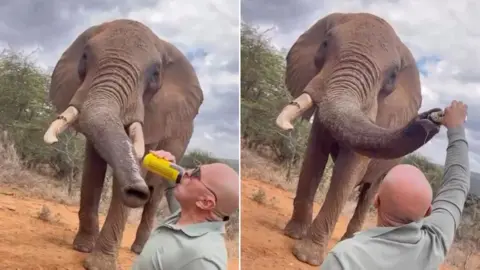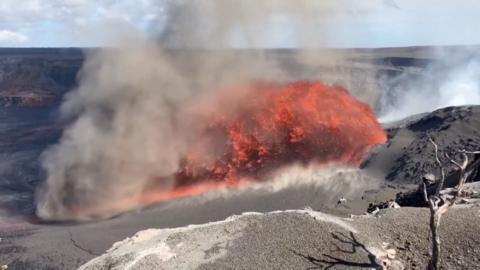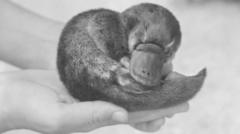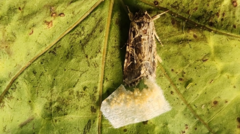When five young Hawaiian crows, known as ʻalalā, were first exposed to the vast expanse of the wild, they hesitated, basking in their newfound freedom. With only about 110 individuals of this species left globally, the birds represent a flicker of hope for a future once thought lost. The Hawaiian crows have not flown free for over twenty years, and previous reintroduction attempts have met with struggles. In a renewed effort launched last month, a collaborative team of conservationists decided to relocate the release site from the Big Island to Maui.
The rationale behind this shift stems from the dangers posed by hawks that plagued earlier releases. Researchers believe that by placing the crows on Maui, away from predatory threats, they stand a better chance of thriving. "These birds are carrying the dreams for their entire species," noted Alison Greggor, an ecologist leading the San Diego Zoo Wildlife Alliance's reintroduction initiative. “They embody the future of the ʻalalā.”
Prior release attempts from 2016 to 2019 saw 30 crows attempt to adapt to the wild. Although some showed early promise, they ultimately faced challenges that resulted in their dwindling numbers. In 2020, the last five remaining birds were returned to captivity. Predation from hawks accounted for several losses, but human intervention had also attempted to acclimate the birds to their environment through various methods, including auditory simulations of hawk calls.
By bringing the ʻalalā to Maui, the team hopes to foster a self-sustaining population. If these birds can withstand the wild in their new location, it will pave the way for their eventual return to the forests they once inhabited. The success of this latest initiative could play a crucial role in the recovery of the Hawaiian crows.
The rationale behind this shift stems from the dangers posed by hawks that plagued earlier releases. Researchers believe that by placing the crows on Maui, away from predatory threats, they stand a better chance of thriving. "These birds are carrying the dreams for their entire species," noted Alison Greggor, an ecologist leading the San Diego Zoo Wildlife Alliance's reintroduction initiative. “They embody the future of the ʻalalā.”
Prior release attempts from 2016 to 2019 saw 30 crows attempt to adapt to the wild. Although some showed early promise, they ultimately faced challenges that resulted in their dwindling numbers. In 2020, the last five remaining birds were returned to captivity. Predation from hawks accounted for several losses, but human intervention had also attempted to acclimate the birds to their environment through various methods, including auditory simulations of hawk calls.
By bringing the ʻalalā to Maui, the team hopes to foster a self-sustaining population. If these birds can withstand the wild in their new location, it will pave the way for their eventual return to the forests they once inhabited. The success of this latest initiative could play a crucial role in the recovery of the Hawaiian crows.



















